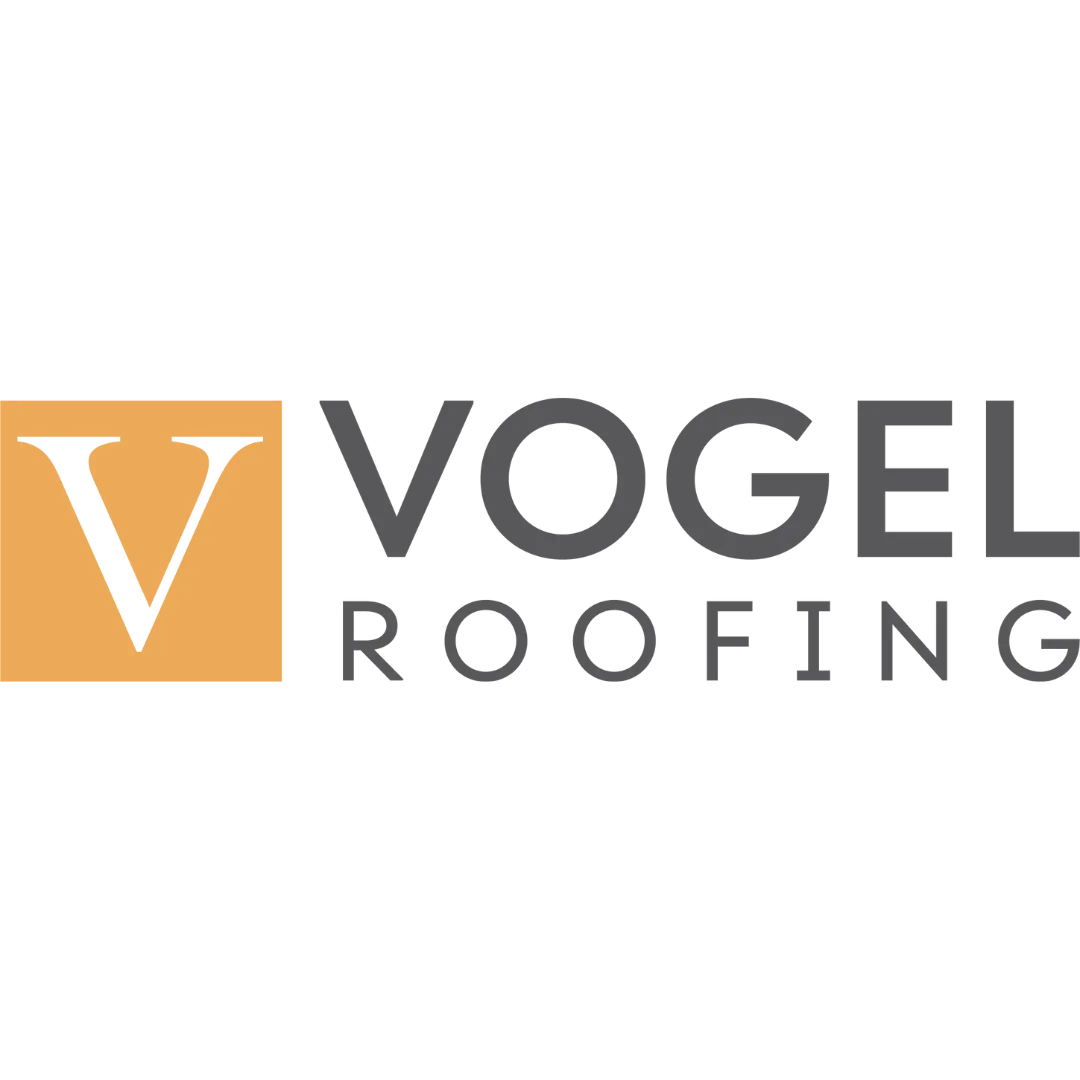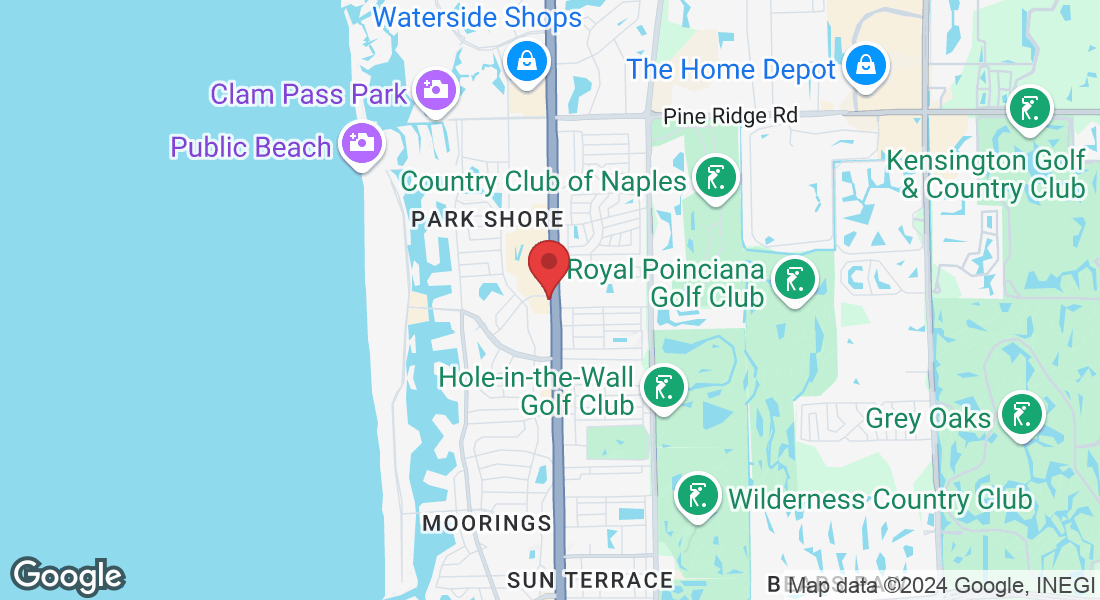Follow Us:
Roofing Services in Fort Myers, FL
Vogel Roofing is proud to offer high quality roofing services to Fort Myers, FL. Our expertise in both residential and commercial roofing ensures that your property receives the protection it needs, especially in this coastal region where roofs must endure high heat, humidity, and the ever-present threat of tropical storms and hurricanes. Whether you need a new roof, repair services, or ongoing maintenance, Vogel Roofing is your trusted partner for all your roofing needs in Fort Myers.
Fort Myers is a vibrant city known for its historic neighborhoods, coastal beauty, and booming commercial sector. Each roof in this diverse city must meet the unique challenges of Florida’s climate while maintaining the aesthetic appeal that makes the area so desirable. At Vogel Roofing, we provide custom roofing solutions designed for both durability and visual appeal. Our team of roofing experts is equipped to handle projects of any size, ensuring your home or business remains protected, energy-efficient, and attractive.

Hurricane-Resistant Roofing for Fort Myers
Living in Fort Myers means being prepared for hurricane season. As a city located on Florida’s Gulf Coast, homes and businesses here face a higher risk of damage from tropical storms and hurricanes. Vogel Roofing specializes in hurricane-resistant roofing solutions that provide you with peace of mind when severe weather strikes.

Why Vogel Roofing is Fort Myers'#1 Roofing Company
Local Experience
We have extensive experience working in the Fort Myers area, allowing us to design roofing solutions that address the specific climate challenges of the Gulf Coast.
Quality Materials
We only use the best materials from trusted manufacturers to ensure your roof can withstand the heat, humidity, and storms that are common in Fort Myers.
Skilled Professionals
Our team of licensed and insured roofing contractors who are committed to delivering excellent craftsmanship and customer service on every project.
Customer-Centered Service
We prioritize open communication and transparency, ensuring that you are informed and satisfied at every stage of your roofing project.
Check Out Our Blog

The Importance of Proper Roof Ventilation in Humid Florida Climates
Living in Florida comes with its perks. As a homeowner, you can enjoy sunny days, beautiful beaches, and a vibrant culture. However, the state's humid climate presents unique challenges, especially when it comes to maintaining a healthy and functional home. One crucial aspect of home maintenance that often goes overlooked is roof ventilation. Proper roof ventilation is essential in humid Florida climates, playing a significant role in extending the life of your roof, improving indoor air quality, and enhancing energy efficiency. This article explores the importance of roof ventilation, the types of ventilation systems available, and tips for ensuring your home remains protected from the adverse effects of humidity.
What is Roof Ventilation?

Roof ventilation refers to the process of allowing air to flow through the attic space, helping to regulate temperature and moisture levels. In Florida's humid climate, excess heat and humidity can lead to various issues, including mold growth, roof deterioration, and increased energy costs. Proper ventilation ensures that the attic remains adequately cooled and dry, promoting a healthier living environment.
Why Roof Ventilation is Crucial in Humid Florida Climates
Preventing Moisture Build-Up: One of the primary reasons for proper roof ventilation is to prevent moisture accumulation. Humidity levels in Florida can soar, leading to condensation in unventilated attics. When warm, moist air rises into the attic, it cools and condenses on cooler surfaces, such as the roof deck. This excess moisture can lead to mold and mildew growth, compromising indoor air quality and posing health risks to your family.
Extending Roof Lifespan: A well-ventilated roof helps prolong the life of your roofing materials. High temperatures and moisture can degrade roofing shingles, causing them to crack, curl, or become dislodged. By allowing hot air to escape and preventing moisture from accumulating, proper ventilation reduces the likelihood of premature roof replacement, saving you money in the long run.
Improving Energy Efficiency: In humid climates, inadequate roof ventilation can trap heat in the attic, leading to higher temperatures in your home. This forces your air conditioning system to work harder to maintain a comfortable indoor environment, resulting in increased energy bills. Proper ventilation helps regulate attic temperatures, making it easier to keep your home cool and energy-efficient.

Types of Roof Ventilation Systems
Understanding the types of roof ventilation systems available can help you make informed decisions about your home's ventilation needs. Here are the most common types:
Passive Ventilation Systems
Passive ventilation relies on natural airflow to exchange hot air for cooler air without mechanical assistance. Common passive ventilation systems include:
Ridge Vents: Installed at the peak of the roof, ridge vents allow warm air to escape from the attic while drawing in cooler air from the soffit vents below.
Soffit Vents: Located under the eaves, soffit vents allow cooler air to enter the attic, promoting air circulation.
Gable Vents: Installed on the gable ends of the roof, these vents help facilitate airflow in the attic space.
Active Ventilation Systems
Active ventilation systems utilize fans to enhance air circulation in the attic. These systems can be beneficial in areas where passive ventilation is insufficient. Common active ventilation systems include:
Attic Fans: These fans help expel hot air from the attic, improving ventilation and reducing temperatures. Some models are powered by electricity, while others are solar-powered, providing an energy-efficient solution.
Whole-House Fans: Installed in the attic, whole-house fans draw cool outdoor air into the home while exhausting hot indoor air, creating a more comfortable living environment.
For optimal results, many homeowners choose to implement a combination of passive and active ventilation systems. This approach ensures a steady airflow, promoting temperature regulation and moisture control.
Tips for Ensuring Proper Roof Ventilation
Inspect Your Roof Regularly: Regular roof inspections can help you identify any signs of ventilation issues, such as mold growth, sagging ceilings, or unusual roof damage. Early detection can save you time and money on repairs.
Consult a Professional: If you're unsure about your roof's ventilation needs, consult a roofing professional like our amazing team at Vogel Roofing. We can assess your current ventilation system and recommend improvements to enhance airflow and protect your home.
Maintain Your Vents: Ensure that vents are clear of debris, such as leaves and dirt, which can obstruct airflow. Regular maintenance can help keep your ventilation system functioning optimally.
Consider Insulation: Proper insulation in your attic can complement ventilation efforts by regulating temperature and preventing heat from entering your living space. Consider using a combination of insulation and ventilation for the best results.
Monitor Humidity Levels: Using a hygrometer to monitor indoor humidity levels can help you determine whether your ventilation system is adequate. Ideally, indoor humidity should be kept between 30-50% to ensure comfort and prevent moisture issues.
Proper roof ventilation is essential for homeowners in humid Florida climates. By preventing moisture build-up, extending roof lifespan, improving energy efficiency, and reducing the risk of damage, effective ventilation systems can save homeowners both time and money. Whether you opt for passive, active, or a combination of ventilation systems, understanding your options and ensuring regular maintenance can help protect your home and enhance your overall living experience. Your roof is one of your most significant investments, and proper ventilation is a crucial part of keeping it in top shape for years to come.
Get in touch with us
As a company that values honesty, we are determined to provide high-quality work, fair prices, and the professionalism every customer deserves.As a company that values honesty, we are determined to provide high-quality work, fair prices, and the professionalism every customer deserves.
(239)-451-3203
4099 Tamiami Trail N Suite 403-400, Naples, FL 34103
Monday - Friday, 8:00 am - 5:00 pm
© Copyright 2025. Vogel Roofing. All rights reserved.



